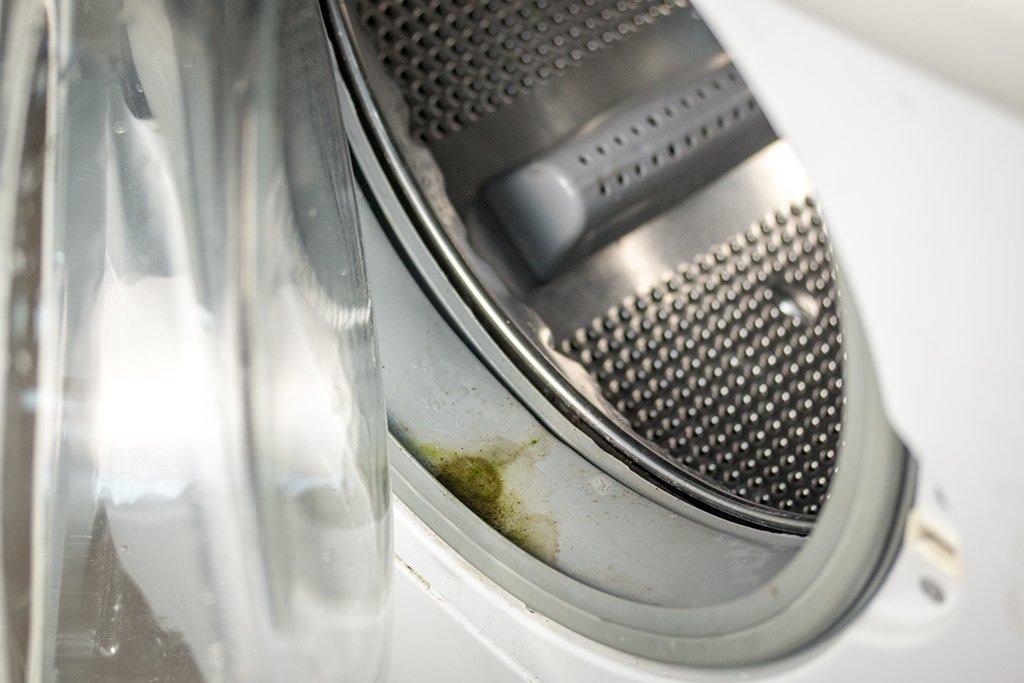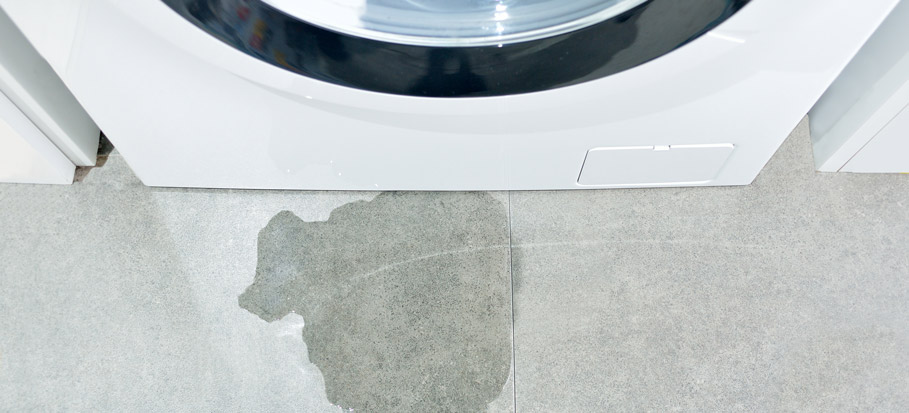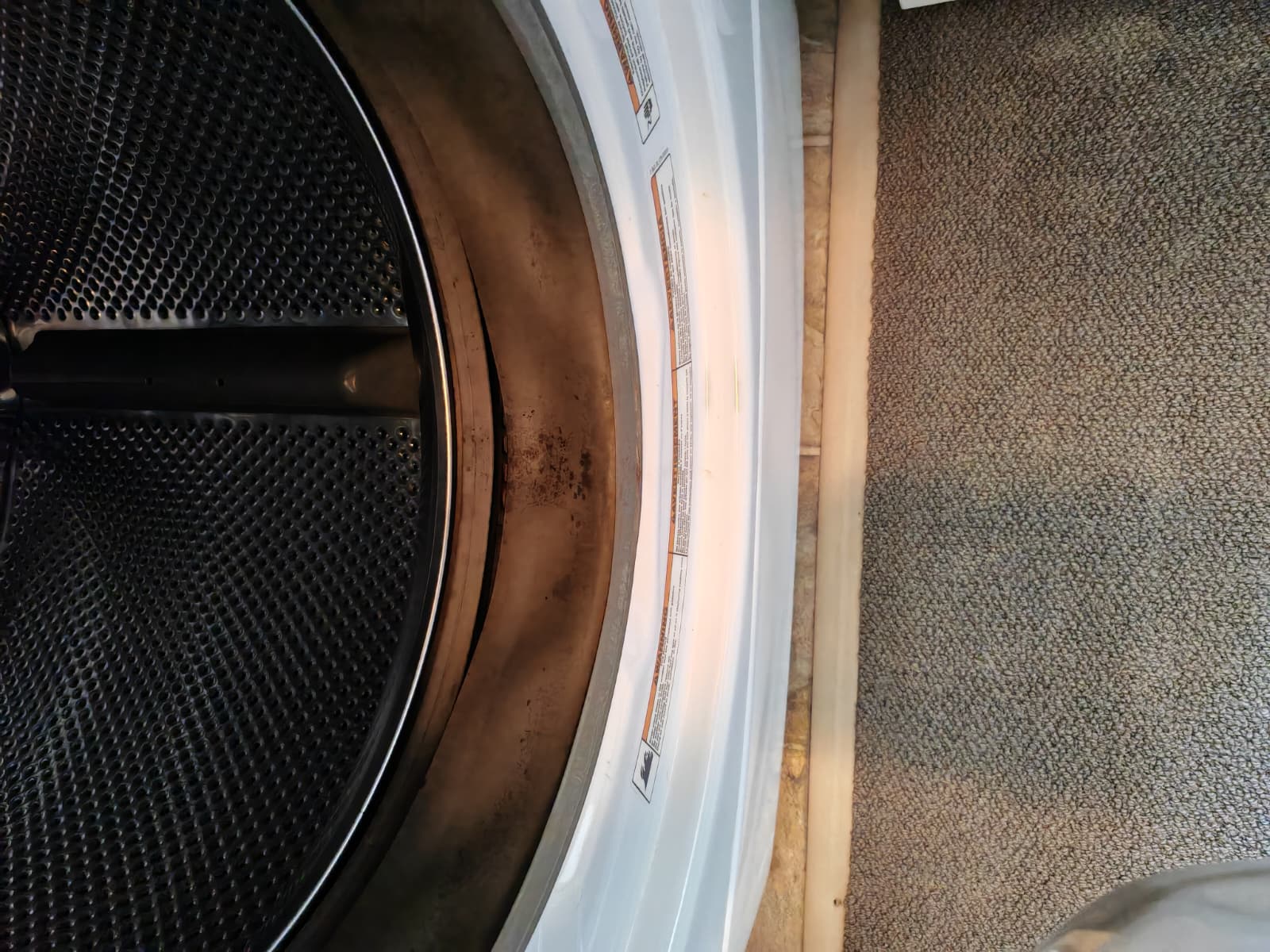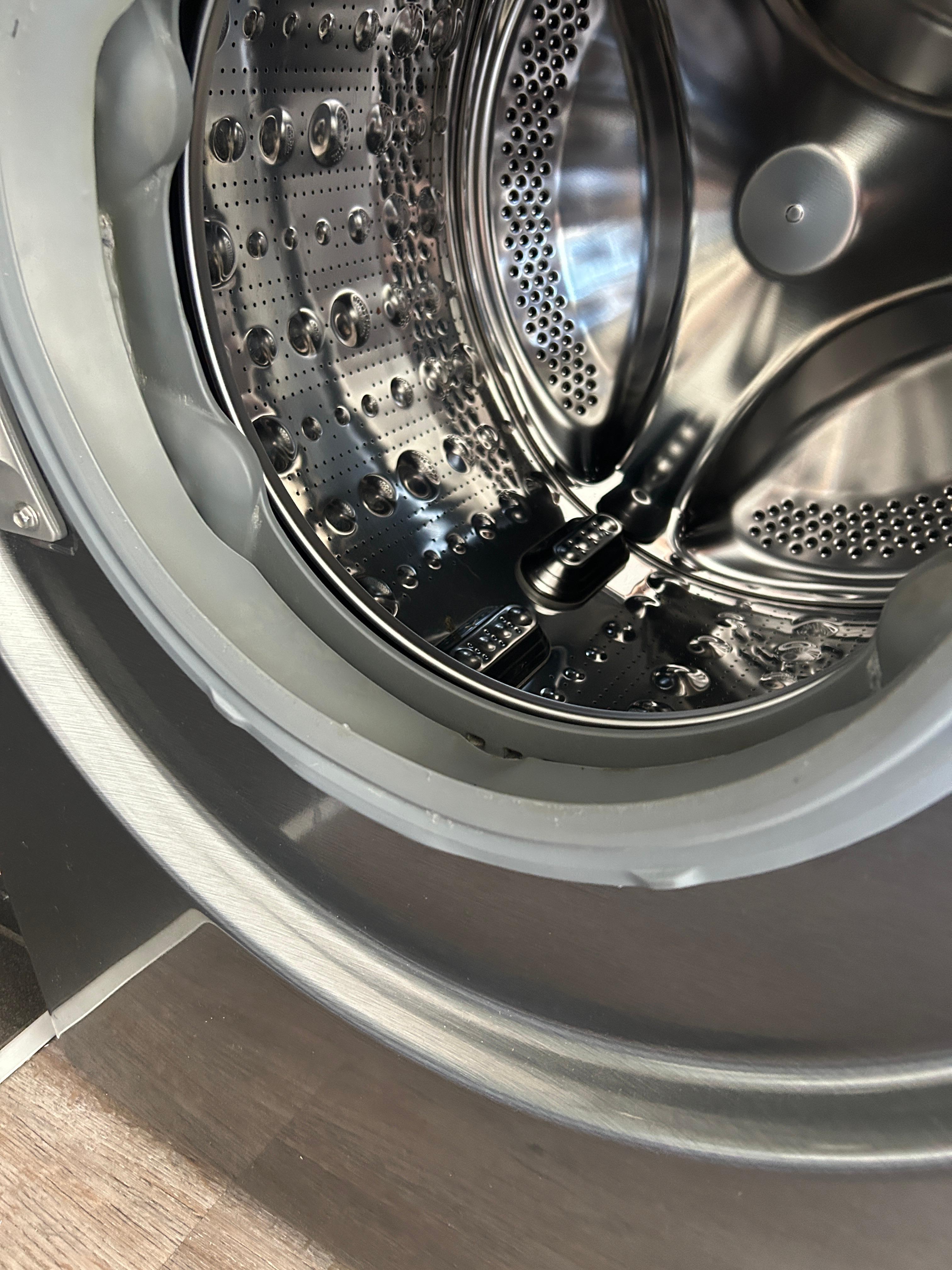One out of three washing machines we service has mold growing on the door gasket. Many people don’t realize how harmful this can be. That’s why we want to explain why it’s a serious issue — and if you choose to take action, we’re ready to help.

Research shows that mold from washer door gaskets isn't just unsightly — it’s a health concern. In a study of 50 household machines, fungal species were found in door seals, detergent drawers, and hidden gasket folds; some of these fungi are potentially pathogenic.¹ Review studies of damp indoor environments link mold exposure to asthma symptoms, persistent coughing and wheezing, nasal and throat irritation, and allergy flares.² Public health agencies like the CDC warn that mold in moist indoor areas can worsen respiratory conditions even in people without known allergies.

A worn or moldy washing machine door gasket doesn’t just cause unpleasant smells — it can also lead to water leaks. According to insurance industry reports (2018-2022), the average household water damage claim costs over $10,000. And water damage is one of the most common home insurance claims in Canada and the U.S. A gasket replacement today can prevent thousands in repairs tomorrow.

If you’ve ever noticed a musty or sour smell coming from your washing machine, the culprit is usually the rubber door gasket. Over time, detergent residue, fabric softener, lint, and trapped moisture create the perfect breeding ground for mold and bacteria inside the gasket folds.
Clothes Smell Too – Mold spores transfer from the gasket to your laundry, leaving clothes with a persistent musty smell.
Hygiene Concerns – Washing in a mold-contaminated machine means your clothes are never truly “clean.”

We challenge you to check your washing machine’s gasket for any signs of mold. Don’t worry—there’s no shame in it. Trust us, we’ll fix the problem and share tips to make sure it doesn’t happen again!

1. Evaluation of building washing machines as an extreme environment for potentially pathogenic fungi. PubMed. 2023. https://pmc.ncbi.nlm.nih.gov/articles/PMC10695939/
2. Mold exposure and respiratory health in damp indoor environments. NIH Review. 2011. https://pubmed.ncbi.nlm.nih.gov/21196349/
3. CDC – Health Problems Related to Mold. https://www.cdc.gov/niosh/mold/health-problems/index.html
Insurance Information Institute – Facts & Statistics: Homeowners Insurance Claims. https://www.iii.org/fact-statistic/facts-statistics-homeowners-and-renters-insurance